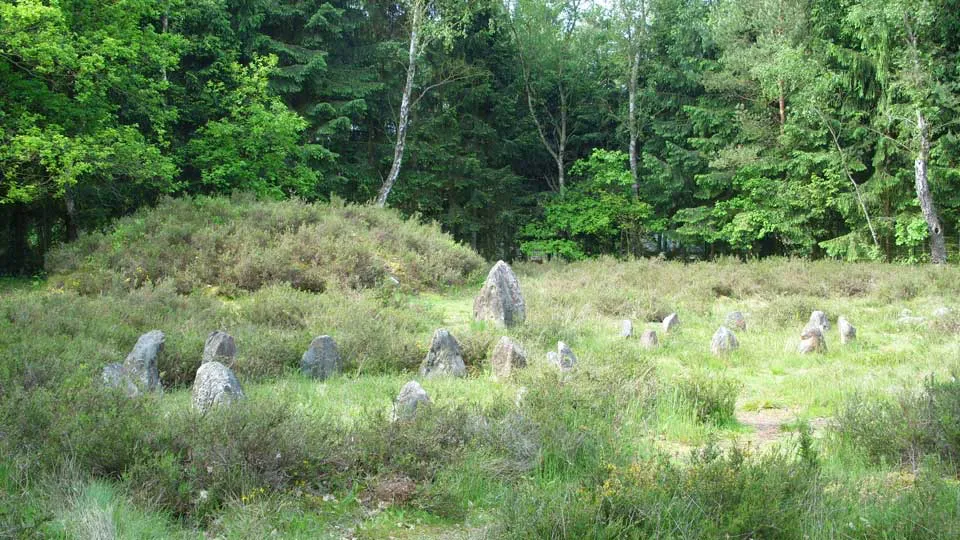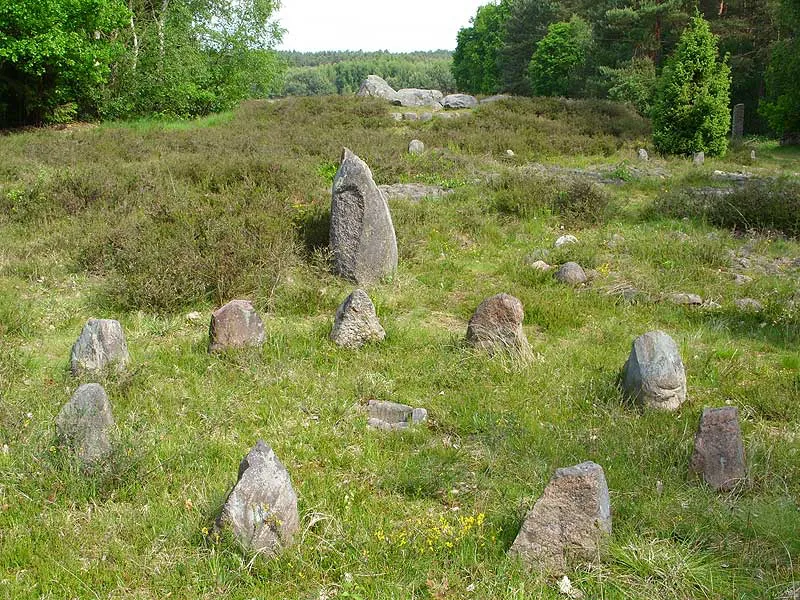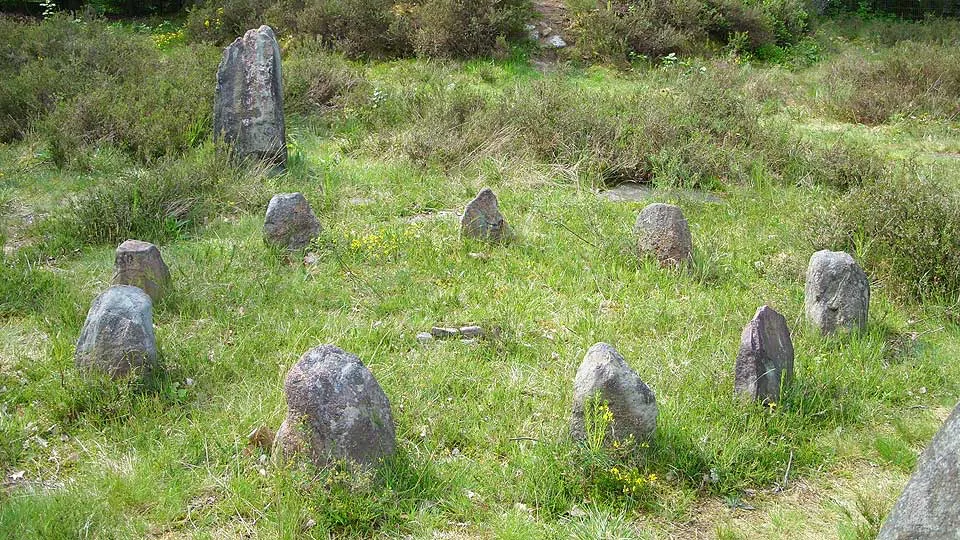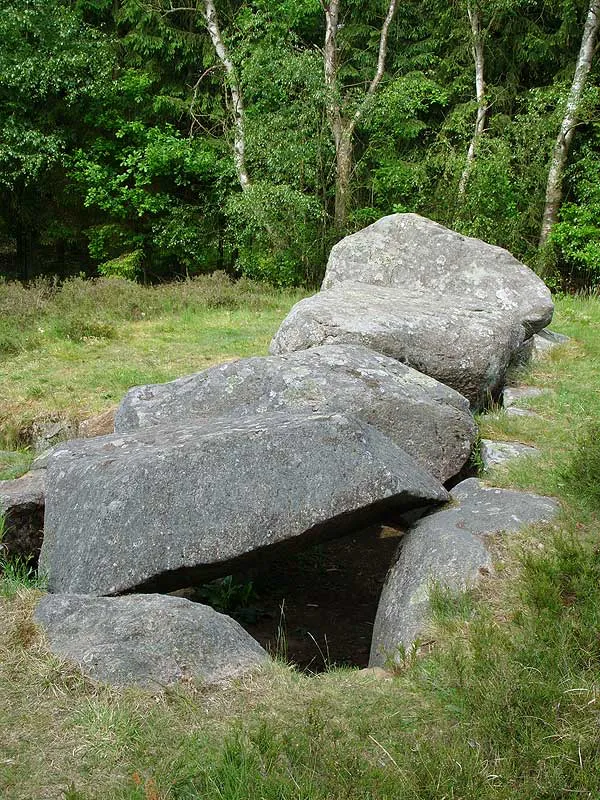The Necropolis of Soderstorf: A Journey Through Time
Nestled in the Luhe river valley near Soderstorf in Lower Saxony, Germany, the Necropolis of Soderstorf is a prehistoric cemetery. This site, used for over 2,000 years, offers a fascinating glimpse into ancient burial practices. It features a megalithic tomb, a tumulus tomb, a stone circle, paving stones, funerary urns, and a flat grave.
Get your dose of History via Email
The Megalithic Tomb
The megalithic tomb dates back to between 3500 and 2800 BC. Built by the Funnelbeaker culture during the Neolithic period, this tomb was excavated in 1883 and assigned Sprockhoff number 682. It lies in an east-west orientation and measures ten by three meters. Eleven supporting stones carry four capstones, forming an inner chamber that is 6.2 by 1.65 meters. This chamber is still covered by an earth mound near the supporting stones. The entrance is located slightly off-center on the southern long side.

Originally built on a round hill, the site was later modified during the Bronze Age to accommodate more burials and was surrounded by a stone circle. The floor of the inner chamber was covered with granite boulders. Further investigation in 1970 revealed multiple phases of use. Early Funnelbeaker culture finds were sparse, but numerous artifacts from the subsequent Corded Ware culture were discovered in and around the chamber.
During the early Bronze Age, the hill underwent a transformation. Cremated remains, typical of burial customs of the time, were found in the hill bed. These remains were surrounded halfway up the hill by a second narrow stone circle. The 1883 excavation likely destroyed a grave associated with this redesign, but arm rings found during the dig may have been grave goods from that period.

The Tumulus Tomb
South of the megalithic tomb lies a Bronze Age tumulus, encircled by a stone ring. This type of tomb is characteristic of the Tumulus culture, named after this burial practice. Soil discoloration indicated the presence of two tree-trunk coffin burials, with a palstave and a bronze needle found as grave goods. Other tumuli in the area have unfortunately been destroyed over time.
The Urnfield Cemetery
The Urnfield culture, which followed the Tumulus culture, is also represented at the site. This culture, named for its burial method, features the cremation of remains in urnfields. An urnfield cemetery with 940 graves dating to the early Iron Age lies between the megalithic and tumulus tombs. The graves are covered by varied stone pavements, up to four meters in diameter, next to a standing stone. Small stelae circles surround the graves, likely marking and protecting the earthenware vessels. Occasionally, cremated remains were placed in small stone boxes. Mainly adults, especially women, were buried here, with their urns lying under the cobblestone pavement.

The Flat Grave
In a less densely populated part of the urnfield cemetery, a flat grave from the Funnelbeaker culture was discovered. A stone axe was found as a grave good, providing insight into the burial customs of this ancient culture.
Conclusion
The Necropolis of Soderstorf offers a rich tapestry of historical and cultural insights. From the Neolithic megalithic tomb to the Iron Age urnfield cemetery, this site tells the story of evolving burial practices over millennia. As researchers continue to explore and uncover its secrets, the necropolis stands as a testament to the enduring legacy of ancient civilizations.
Sources:

